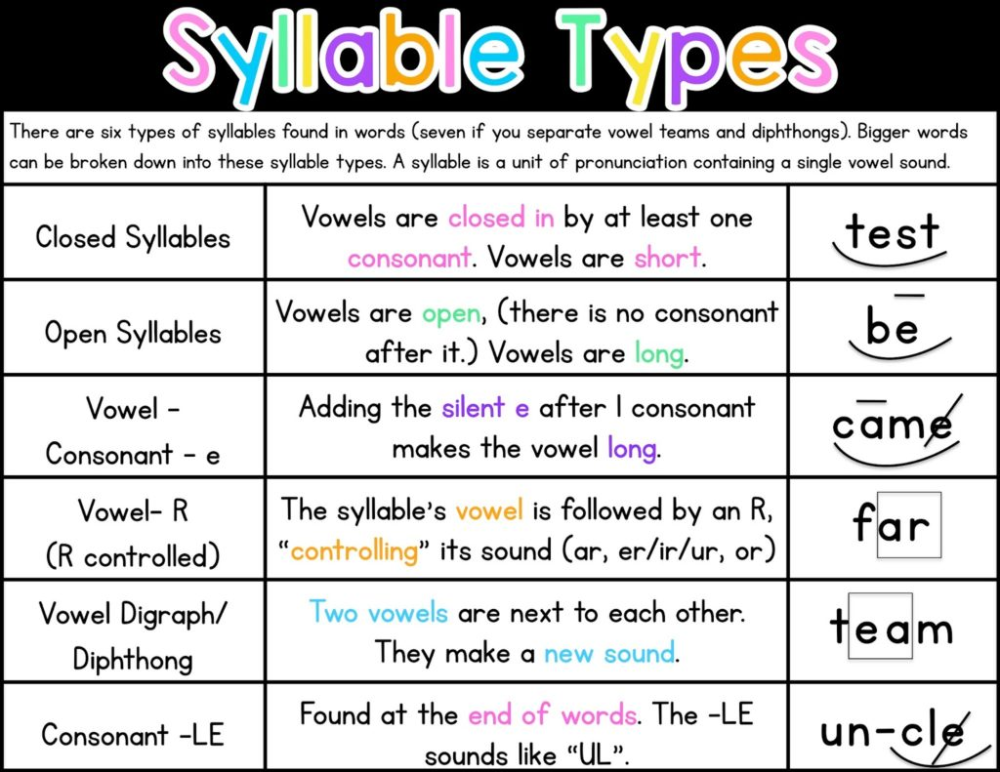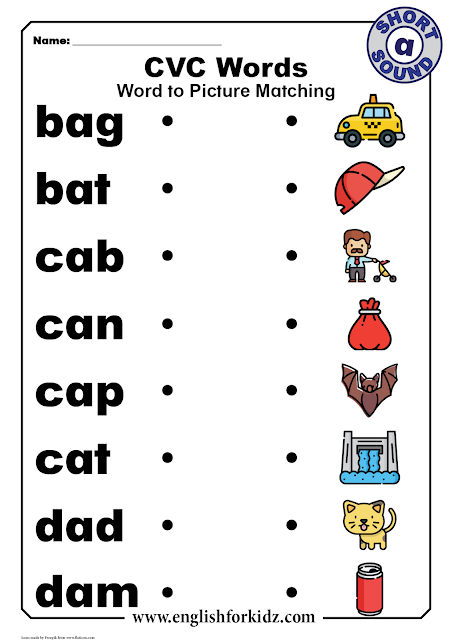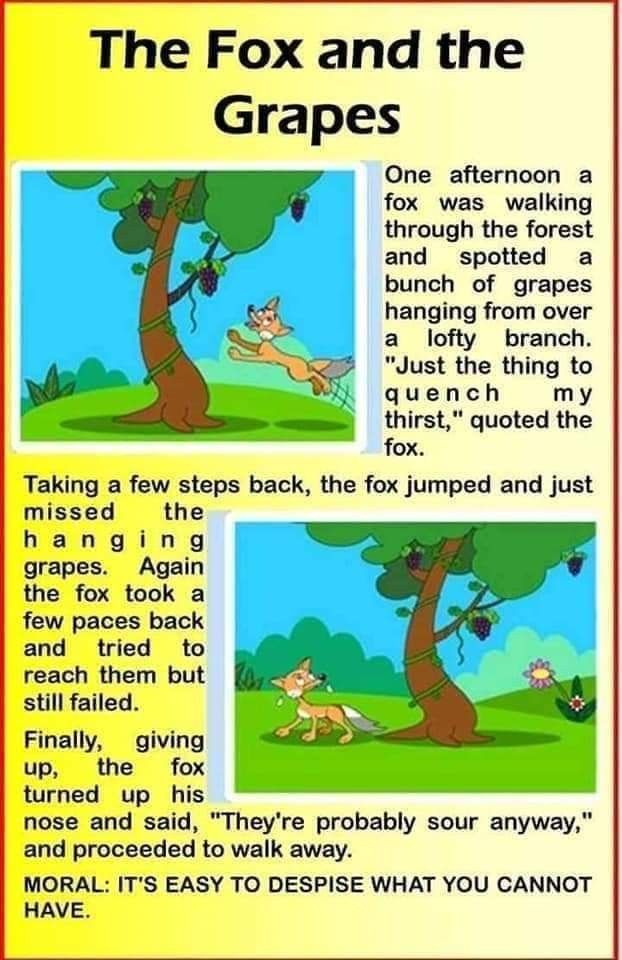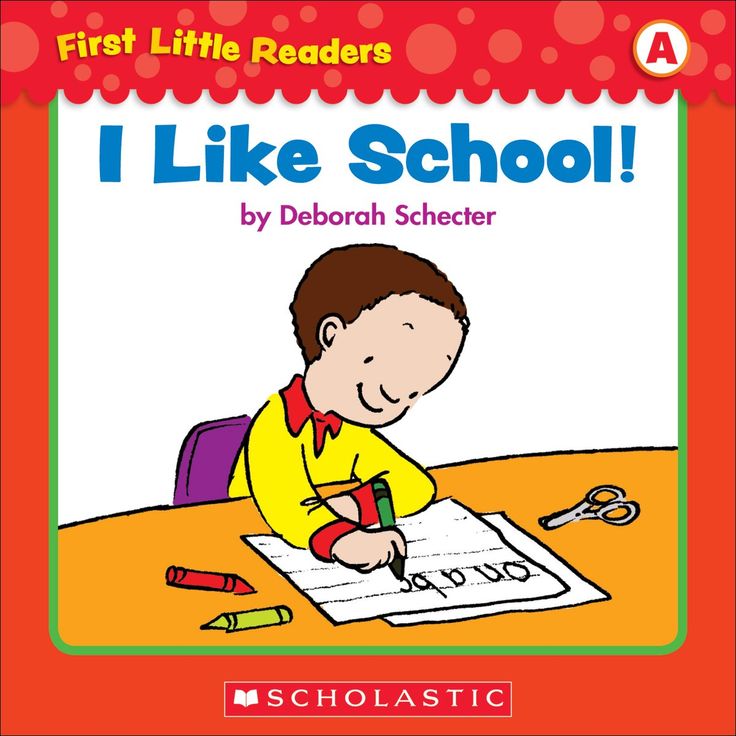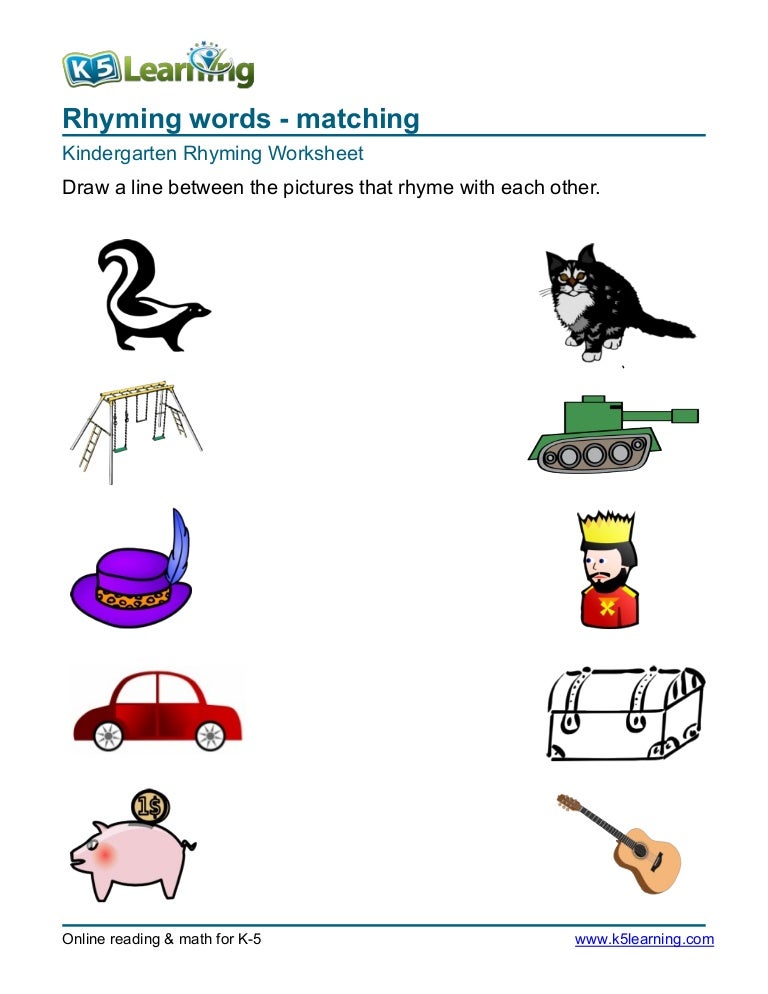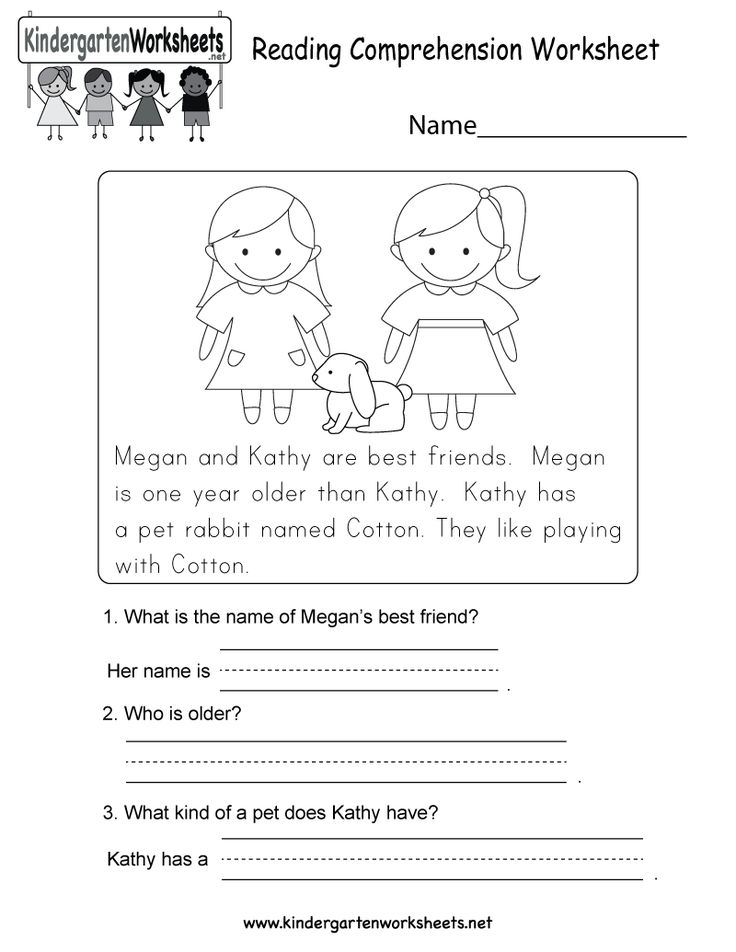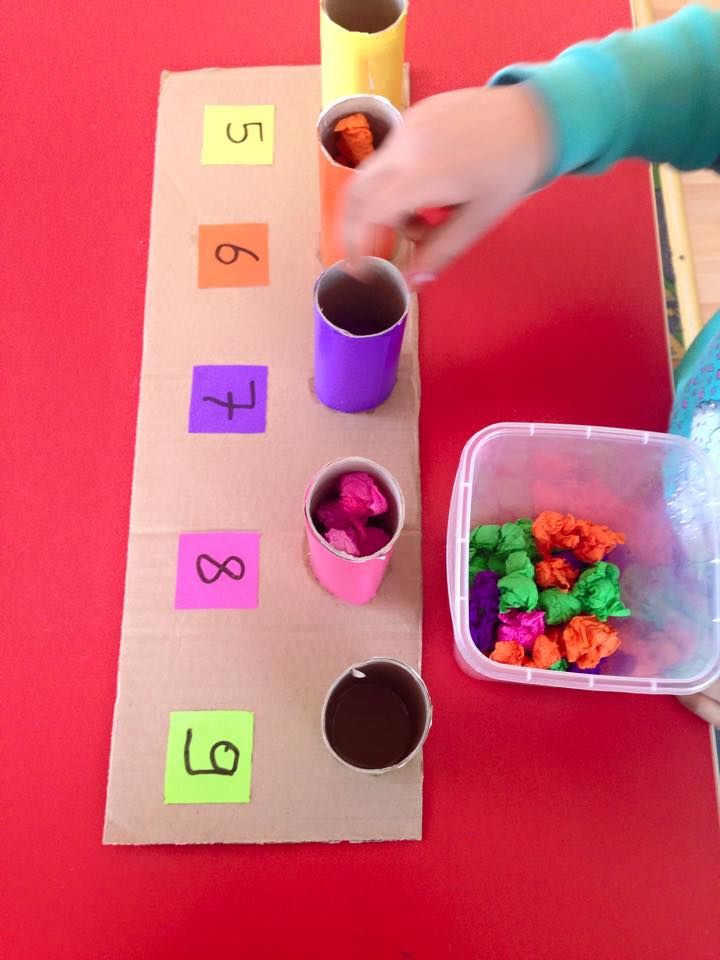Teaching vowel teams in first grade
What Is A Vowel Team? What Are Some Ideas for Teaching Vowel Teams?
You probably already know that the vowels in English make multiple sounds. The long sound of each vowel “says the vowel’s name” (for example, the o in “both” makes the sound /ō/). There are different ways to spell long vowel sounds, including silent e and…vowel teams!
In this blog post, I’m going to explain vowel teams, give some examples, and share some fun ideas for teaching vowel teams in the primary grades!
A vowel team is a spelling pattern that uses two or more letters to represent a single vowel sound.
Often, the vowel sound for a vowel team is long (like the long e in “neat”), but sometimes vowels work together to make other sounds (like the short e in “bread”). In this post, we’re going to focus mostly on the long sounds – but I do also teach students about words where vowel teams do not make long vowel sounds.
Long a vowel teams include: ai, ay, eigh, ey (examples: paid, say, neigh, they)
I typically only teach ai and ay in 1st and 2nd grade, but I point out eigh or ey when they appear in the context of a text or word we’re studying.
Long e vowel teams include: ea, ee, ey, ie, ei (examples: seat, feet, key, thief, receive)
I typically only teach ea, ee, and ie in 1st and 2nd grade.
Long i vowel teams include: ie, igh (examples: pie, right).
Long o vowel teams include: oe, oa, ow (examples: toe, boat, blow)
Long u vowel teams include: ue, eu, ew (examples: argue, feud, pew)
One tricky thing about long u is that the sound can be the name of the letter (as in the word “few”) OR the /oo/ sound (as in the word “tube”).
Sometimes vowel teams are also called “vowel digraphs.” I prefer the term “vowel team” because digraph = 2 letters, and some vowel teams (like igh) include more than one letter.
I teach vowel teams after students have demonstrated mastery of:
- Short vowel sounds and spellings
- Long vowel sounds
- Silent e
I’ve heard that, in some places, vowel teams are taught
before silent e. However, I prefer to teach vowel teams after working on silent e, because silent e feels a bit more “straightforward” to me. There are many different vowel teams, and mastery often takes years! (So if your students struggle with vowel teams…you’re not alone!)
However, I prefer to teach vowel teams after working on silent e, because silent e feels a bit more “straightforward” to me. There are many different vowel teams, and mastery often takes years! (So if your students struggle with vowel teams…you’re not alone!)
I usually introduce vowel teams at the end of 1st grade. We may also discuss them in mid-1st grade, as they come up in the context of reading or high frequency words. For example, I point out that the ay in “day” makes the long a sound. But it’s usually late 1st grade when we work on decoding (reading) AND encoding (spelling) words with vowel teams.
We also cover vowel teams in 2nd grade, and I introduce a few more exceptions (i.e. the “ea” team making the long e or short e sound).
Again, the vowel teams take a long time to master, so you will see students who need more practice even beyond 2nd grade. Learning words with vowel teams requires some degree of memorization. There often isn’t one solid “rule” to explain why “ee” is used in a word (vs.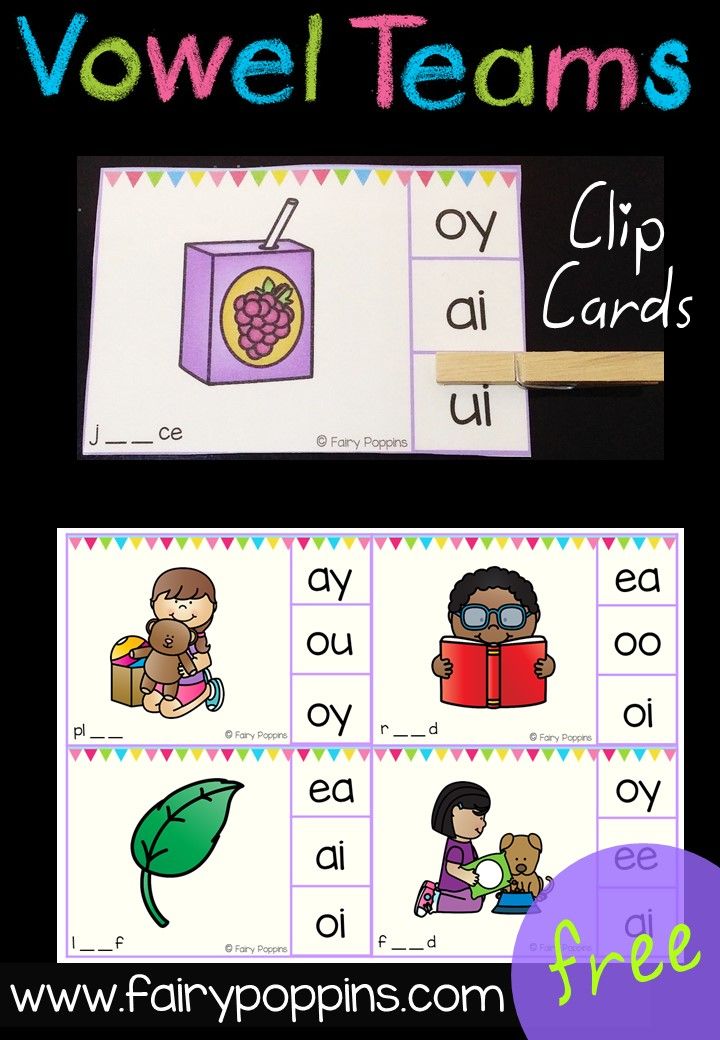 “ea”), for example. Students simply need a lot of practice with vowel team words, and that takes time.
“ea”), for example. Students simply need a lot of practice with vowel team words, and that takes time.
When I chose target weekly spelling words for the vowel team weeks of my From Sounds to Spelling phonics program, I intentionally chose highly useful words. Students are expected to memorize those words (i.e. the word “road”), so I wanted to make sure that they were words students would need to spell often.
There’s no one right “order” to teach vowel teams – but I typically focus on one long vowel sound per week (covering 2-3 spelling patterns throughout the week). If we’re studying long a, for example, we cover ai and ay. Students learn each pattern individually, and then they compare and contrast the patterns. I look for students to have mastered 80% or more of their weekly words before we move on to other vowel teams.
Displaying vowel teams that make the same sounds is also helpful!
If you’d like an exact scope and sequence for teaching vowel teams and other phonics patterns, grab a free scope and sequence here.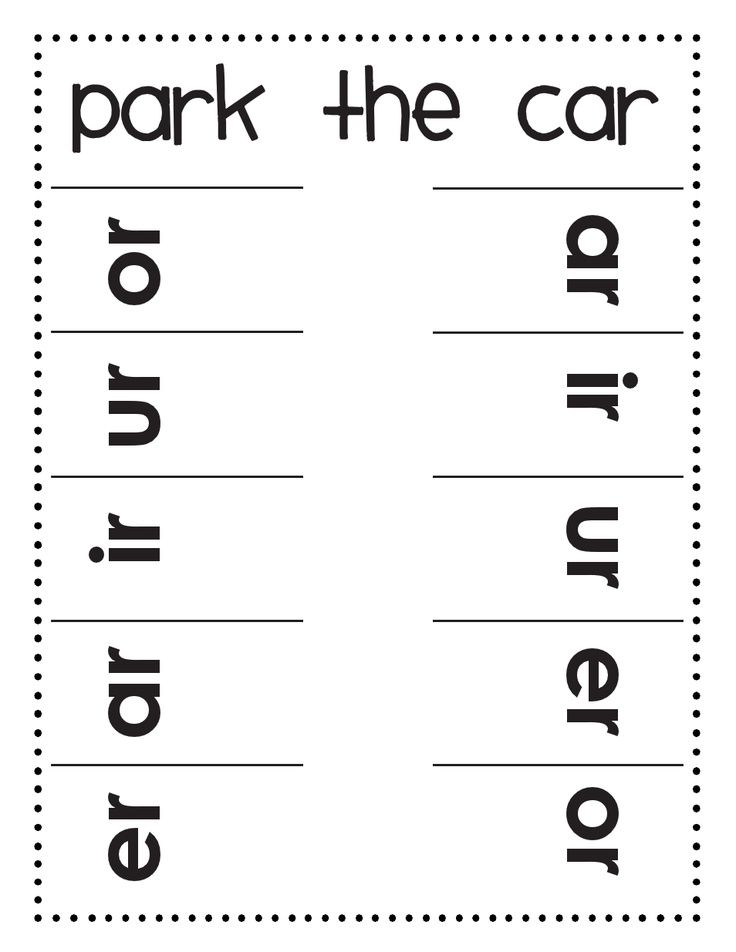
If you’re looking for games to have your students play (either independently or in groups of 2-3), I have No-Prep phonics games for teaching vowel teams! Check those out here for 1st grade and 2nd grade.
Another idea is to use decodable readers. This provides students multiple opportunities within the same text to practice a specific skill. In this case, I have decodable readers geared toward teaching vowel teams in 1st grade and teaching vowel teams in 2nd grade.
Here are some of my favorite teaching activities for working with vowel teams! They come from my phonics program, From Sounds to Spelling, but they can be incorporated into any program.
- Blend to read words with vowel teams (example: I’ll have 3 cards including one of my vowel team sound cards, r-ai-n, students say /r/ /ā/ /n/, rain; notice how the vowel team is written on a single word card because the letters work together to represent a single sound)
- Write words with vowel teams; make words with magnetic letters
- Vowel team word sort (students cut out the words and paste them in the correct column based on their spelling pattern)
- Vowel team “sort and write” (students divide blank paper into columns for different vowel teams that represent the same sound, like “ea” and “ee;” you call out a word – one students have been practicing – and students write the word into the correct column)
- Circle, underline, or highlight words with vowel teams BEFORE or AFTER reading a decodable text (this is great for getting students to recognize vowel teams in context!)
And of course…we love vowel team games! In this Vowel Spelling Patterns Outer Space Race, students move around the board, collecting words with vowel team spelling patterns.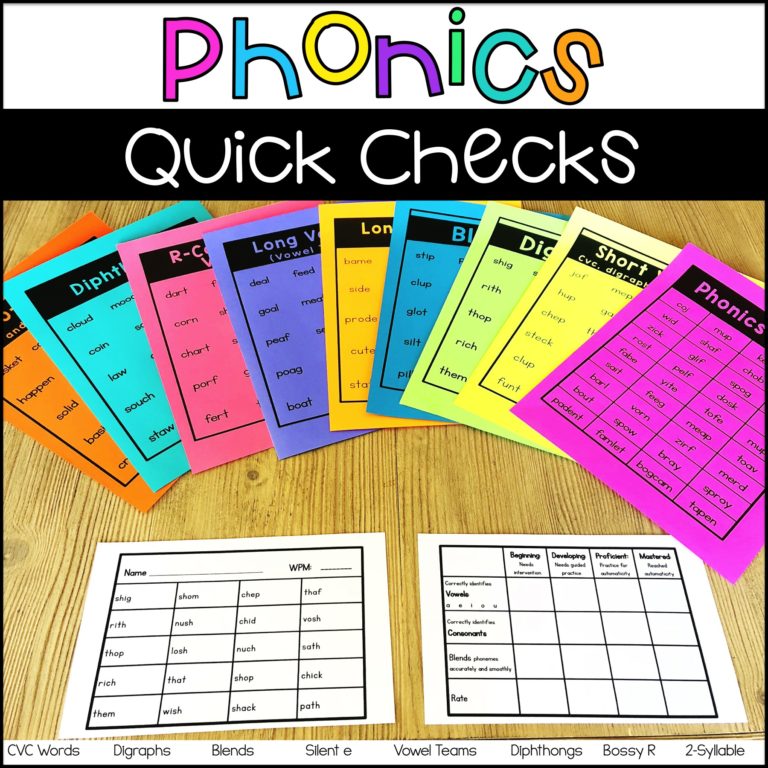 They write the words onto their recording sheets:
They write the words onto their recording sheets:
I hope these vowel team teaching ideas are helpful to you!
For complete lesson plans, posters, games, and decodable texts for vowel teams and many other phonics programs, check out From Sounds to Spelling, a comprehensive phonological awareness and phonics program for K-2.
Happy teaching!
How to Teach Vowel Teams
by Shirley Houston
Vowel teams are probably the most common source of reading and spelling errors as one vowel sound may be represented by as many as 6 different vowel teams (e.g. long ‘o’ represented by ‘oa’, ‘ow’, ‘oe’, ‘o_e,’ ‘ough’ and ‘ew’ as in sew). There are 25 standard vowel teams and, consequently, it is vital that they are taught well.
In this blog post, I am going to examine how to teach vowel teams. They are the focus of Part 2 of Phonics Hero and additional vowel teams (‘oi’/’oy’, ‘ow’/’ou’, ‘oo’, ‘aw’/’au’) are introduced in Part 3 (get access to lots of free resources in a Teacher Account).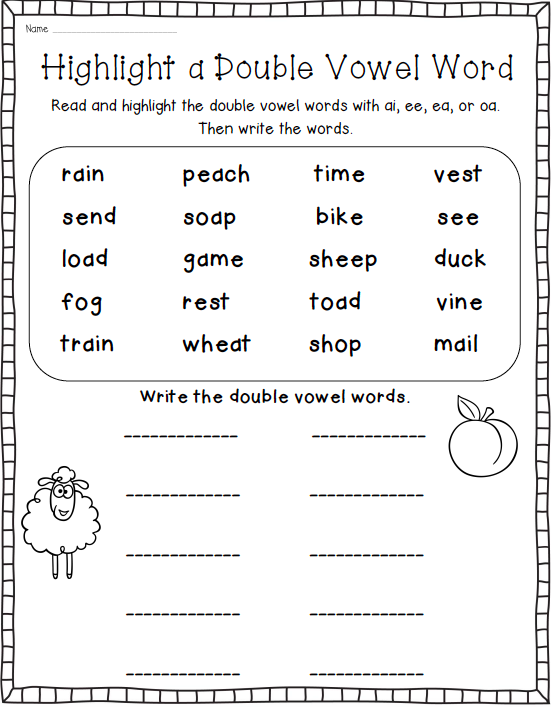 To teach vowel teams well, you firstly need to understand how they work.
To teach vowel teams well, you firstly need to understand how they work.
We have 18 vowel sounds in English but only 5 vowel letters with which to represent them so it is necessary to use combinations of the vowel letters. The correct terminology for 2 vowels working together to represent one sound is ‘vowel digraph’. The letters ‘y’, ‘w’, ‘gh’ and ‘r’ are also used in representations of vowel sounds (as in ‘ay’, ‘ow’, ‘igh’ and ‘er’), so I quite like using the term ‘vowel teams’ with younger students. I use the terms “weak” and “strong” vowels rather than “short” and “long” vowels as it is hard for young children to understand what is short or long about them (long vowels require two mouth movements rather than one – a bit complicated for a six-year-old!). I’ll be using those terms to refer to the sounds represented by vowel teams.
How to Teach Vowel Teams – Things You Need to Know
Why are consonant letters used in vowel teams?
There is logic to the use of consonants in vowel teams.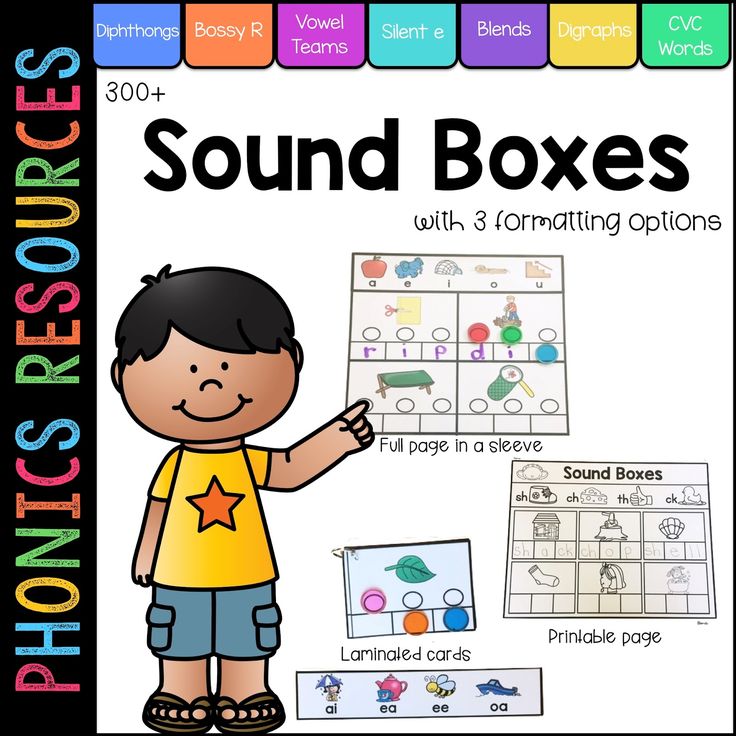 We use the letter ‘y’ in vowel teams because English words can’t end in ‘i’. The ‘y’ stands in for the ‘i’ at the end of a base word (e.g. hail/hay). English words can’t end in ‘u’, so ‘w’ (literally a double ‘u’) stands in for the ‘u’ at the end of a base word (e.g. bout/bow).
We use the letter ‘y’ in vowel teams because English words can’t end in ‘i’. The ‘y’ stands in for the ‘i’ at the end of a base word (e.g. hail/hay). English words can’t end in ‘u’, so ‘w’ (literally a double ‘u’) stands in for the ‘u’ at the end of a base word (e.g. bout/bow).
What is a diphthong?
A diphthong is not a new type of uncomfortable underwear, but rather one (complex) vowel sound formed by the combination of two vowel sounds in a syllable. It is sometimes referred to as a “glide” because the mouth glides from the position for one vowel to the position for another. There are 8 English diphthongs, including the vowel team pairs ‘oi’/’oy’ and ‘ou’/’ow’. Most vowel sounds are made with the mouth in one position, making one pure sound e.g. /a/.
What are split digraphs?
The vowel digraph teams ‘ee’, ‘ie’, ‘oe’ and ‘ue’ are used in common words while ‘ae’ is used in a few technical words e.g. ‘aerate’ and ‘aesthetic’. Split digraphs are separated members of a vowel team – they are separated by a consonant.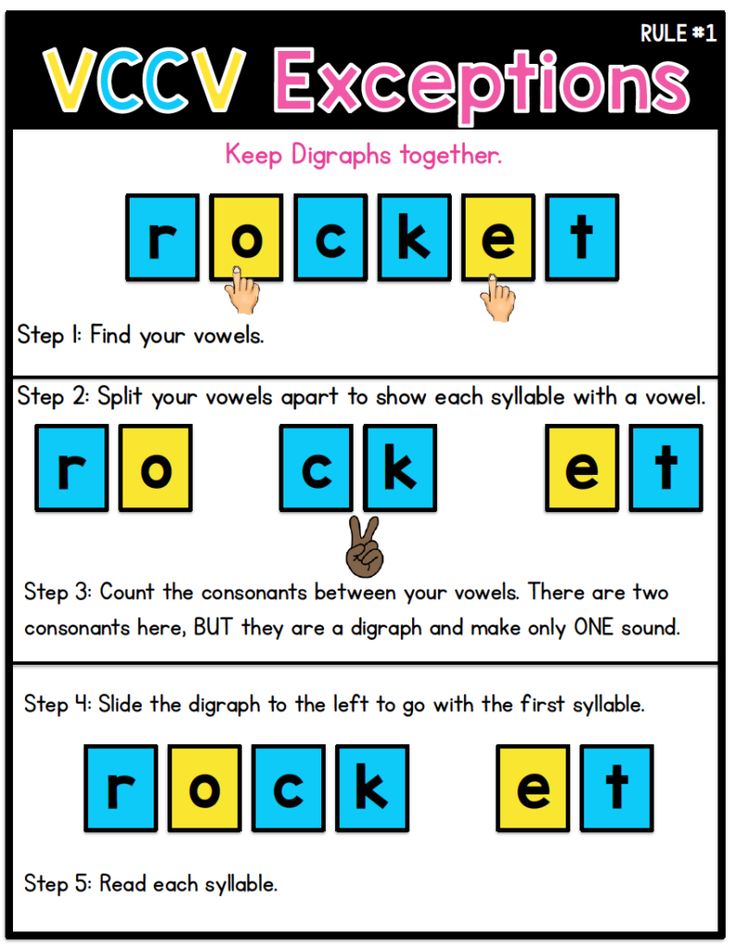 For example, the ‘ie’ in ‘bike’ is split to become ‘i_e’. Split digraphs combine the letter ‘e’ with the five vowels to represent strong vowel sounds.
For example, the ‘ie’ in ‘bike’ is split to become ‘i_e’. Split digraphs combine the letter ‘e’ with the five vowels to represent strong vowel sounds.
When talking about split digraphs, be careful of the language you use. Do not use the terms “fairy e”, “magic e”, “bossy e” or “silent e”, as they do not help a student to understand the logic of our code. The ‘e’ is no more “silent” when it is split from its team member (as it is split in ‘eve’, ‘line’, ‘bone’, ‘rude’ or ‘cave’) than when it was right next to the other vowel. We are still looking at an e-controlled vowel spelling. Likewise, there is no logic in “silent letters” – all letters are silent! Nor is the letter ‘e’ more bossy than any of the other vowels that come second in a pair.
Code overlap
The complication for reading is that some vowel digraphs represent more than one sound. For example:
This is a focus of Part 3 of Phonics Hero.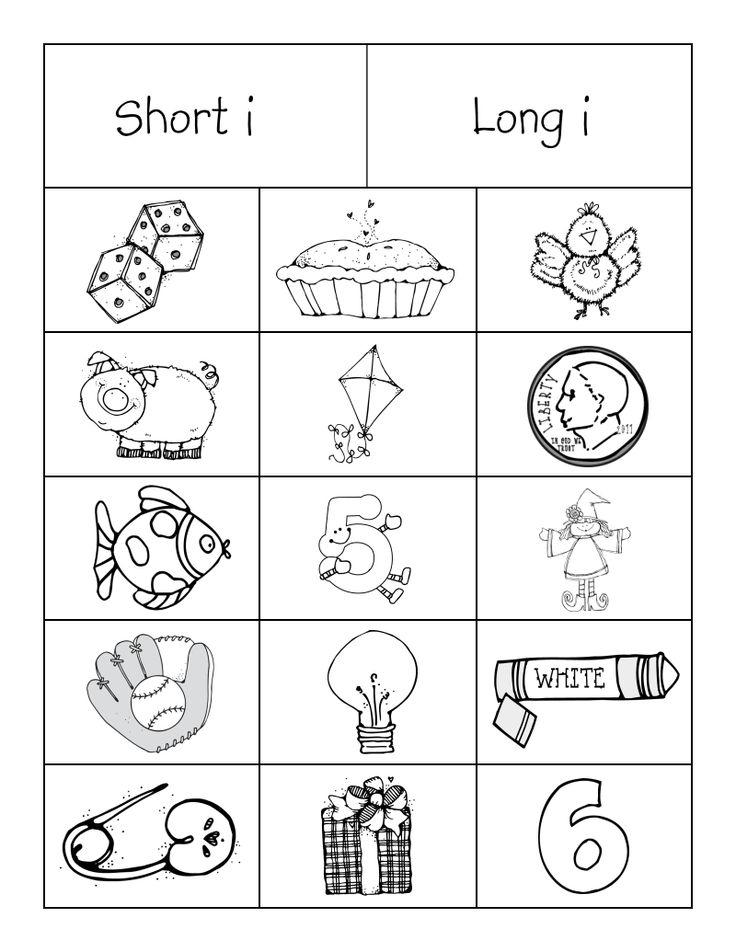 When you come across alternative pronunciations for the vowel digraphs, take the time to discuss the other uses, to clarify any confusion.
When you come across alternative pronunciations for the vowel digraphs, take the time to discuss the other uses, to clarify any confusion.
Why do we use gh in vowel spellings?
The ‘gh’ combination, like in the word ‘high’, was inherited from the Germanic languages that had an impact on English. We used to pronounce the ‘gh’ in Old English, but as something like a ‘k’ sound e.g. the Gaelic word, lough (loch). The German for ‘light’ is ‘licht’ and ‘night’ is ‘nacht’. When Middle English changed to Modern English, the sound was dropped or, in some words, changed to the softer ‘f’, as in ‘rough’. The ‘gh’ has been left in the spelling to show the word’s origin.
How To Teach Vowel Teams – Some Tips:
- Teach the most common vowel sounds first – the strong /e/, /i/, /o/, /a/ and /u/. Part 2 of our interactive, click-and-go Phonics Lessons will help you systematically teach this logic.
- In spelling instruction, teach the most common vowel team spellings of a vowel sound first, e.
 g. for the long ‘a’ sound teach ‘ai’ before ‘ay’ and eventually ‘eigh’ as an extension for those who can manage the more advanced logic.
g. for the long ‘a’ sound teach ‘ai’ before ‘ay’ and eventually ‘eigh’ as an extension for those who can manage the more advanced logic. - In reading instruction, teach the most common pronunciation of a vowel team first e.g. ‘ey’ as long ‘e’ (e.g. ‘donkey’) before ‘ey’ as long ‘a’ (e.g. ‘they’).
- Teach irregular vowel team spellings as camera/tricky words e.g. ‘people’ and ‘leopard’.
- DO NOT teach “when two vowels go out walking, the first one does the talking”. While it holds true for some common words, this pattern is true in less than 40% of vowel team pronunciations e.g. it does not apply in ‘oi’, ‘au’, ‘ou’ and ‘ew’ and in r-controlled vowel teams, such as ‘our’ – the vowel sounds are completely changed.
- Given the number of influences on the English language, it is better to talk about “usual”’ patterns rather than use the term “rules”.
- Teach the logic of the code in regards to the placement of vowel teams e.g. English words don’t end in ‘i’ so ‘ai’ is used in the middle of a base word and ‘ay’ at the end.
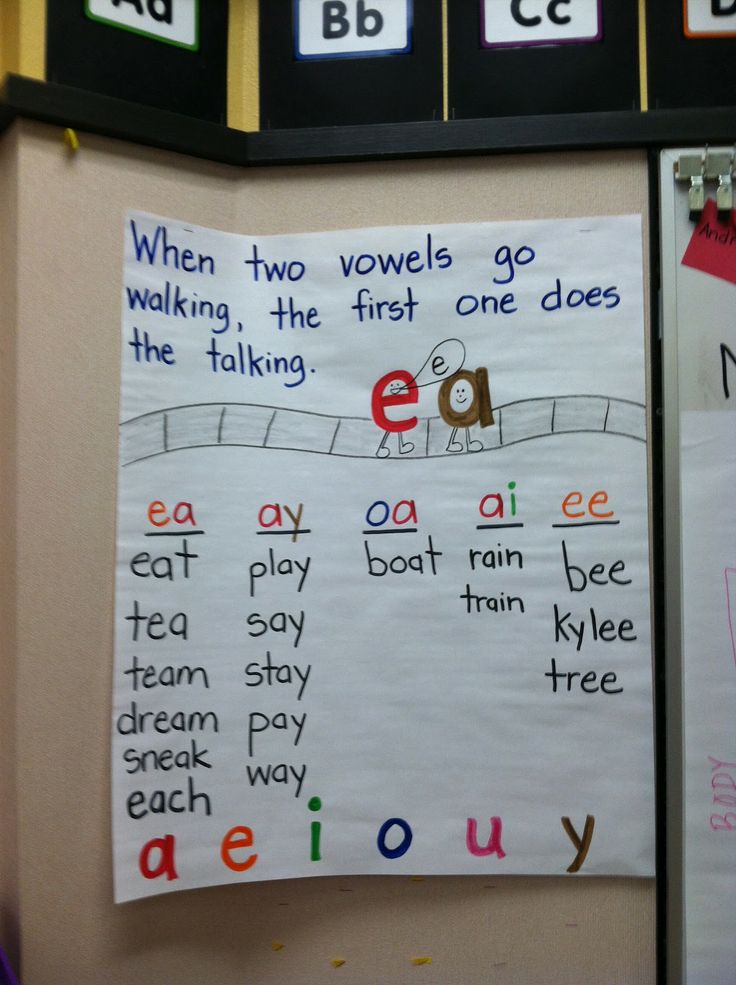 They don’t end in ‘u’ so ‘ow’ and ‘aw’ are used at the end of a word, not ‘ou’ or ‘au’. Teach the patterns explicitly e.g. ‘ai’/’ay’, ‘oi’/’oy’, ‘ei’/’ey’.
They don’t end in ‘u’ so ‘ow’ and ‘aw’ are used at the end of a word, not ‘ou’ or ‘au’. Teach the patterns explicitly e.g. ‘ai’/’ay’, ‘oi’/’oy’, ‘ei’/’ey’. - If students are to use plastic or magnetic letters in vowel teamwork, be sure to buy those that have the digraph as one piece.
- Use sound (Elkonin) boxes and/or sound buttons to highlight the fact that a ‘team’ can represent a single vowel sound.
- To help students understand split digraphs, have them identify the component sounds of a word (e.g. ‘cake’ includes /c/, /a_e/ and /k/). Have them represent the e-controlled vowel spelling as ‘ae’ on paper then cut the letters apart and insert the consonant (in this case, ‘k’). We’ve made a worksheet for each of the split digraphs – download our FREE worksheets.
Use Phonics Hero’s FREE worksheets! - Help students understand the power of a vowel team’s ability, together or split, to make a strong sound by teaching weak/strong pairs, such as bit/bite, mad/made.
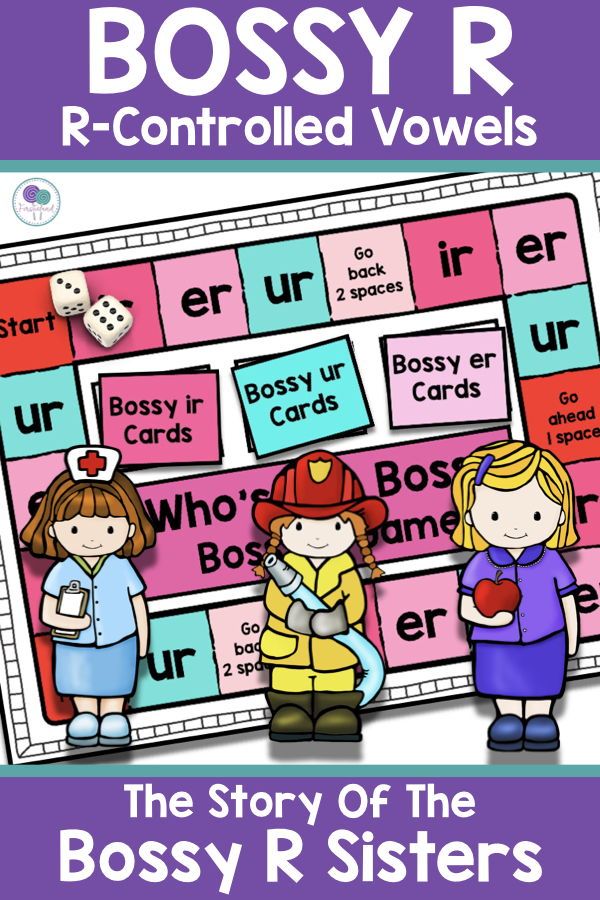 Use plastic or magnetic letters that have vowels in a different colour to consonants as the difference highlights the teams.
Use plastic or magnetic letters that have vowels in a different colour to consonants as the difference highlights the teams. - Because there are no rules that tell us when to use certain representations of vowel sounds, other than placement rules related to use of ‘i’ or ‘u’ at the end of words, mastery is dependent on familiarity with words. Use of the Phonics Hero games is ideal for giving students multiple exposures to each word, in reading and spelling. Get started with a Teacher Account.
- If children are unsure which spelling choice to use, suggest that they have a go with a vowel table, like the example below. They should try each spelling choice and make a decision as to which one looks right.
A vowel table will help children identify the correct vowel team.
The Phonics Hero games also enable a student to have a go and make the decision about which one looks right. In the example below, a child is having a go at representing ‘birthday’.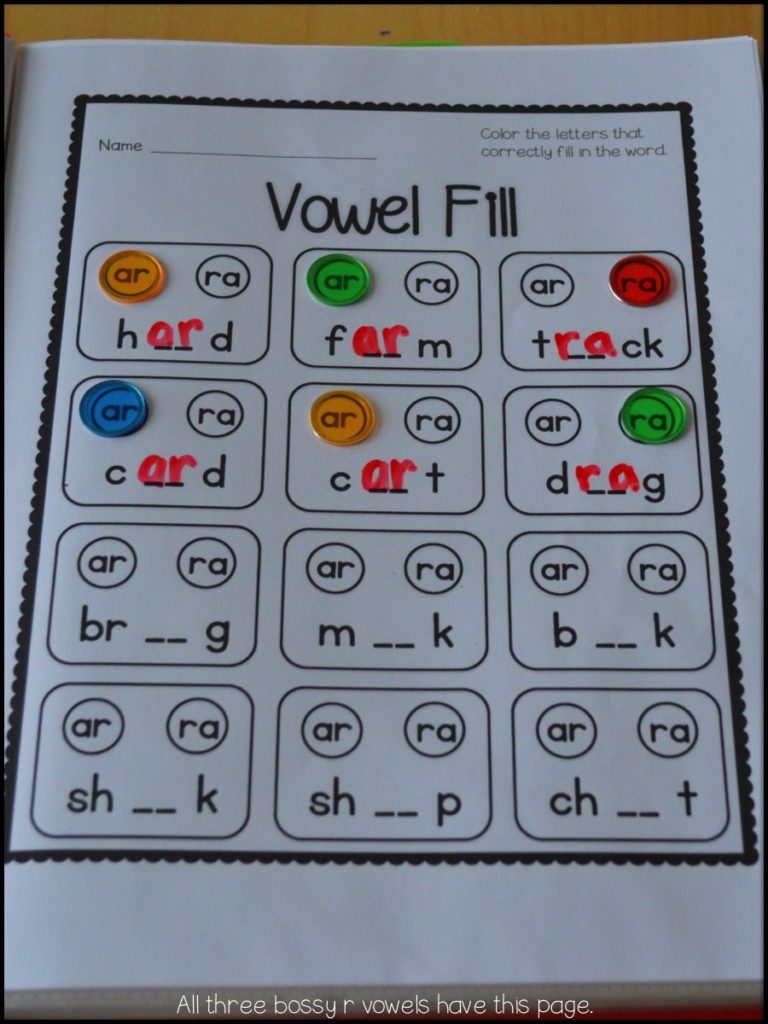 Children can try each spelling choice, clicking it to remove it, and clicking the tick when they have made a decision.
Children can try each spelling choice, clicking it to remove it, and clicking the tick when they have made a decision.
Practise choosing the right vowel team with Phonics Hero. - Do phoneme searches for representations of a vowel sound or vowel team searches for code overlap in decodable text.
- Create a vowel sound chart with your students, showing the various ways of spelling a vowel sound and a key word/picture as a memory jogger. Create a copy, cut it up into cards then have students do a word/picture sort, recreating the chart.
- In tutoring, I like students to select an image of each spelling that is meaningful to them. Together, we create a reading or spelling slide show with each slide showing the vowel teams for a particular sound with an image for each, e.g. one little girl in love with all things “Frozen” chose as her long ‘o’ images: snow for ‘ow’, Olaf for ‘o’, and the advertising picture for the Frozen movie for ‘o-e’.
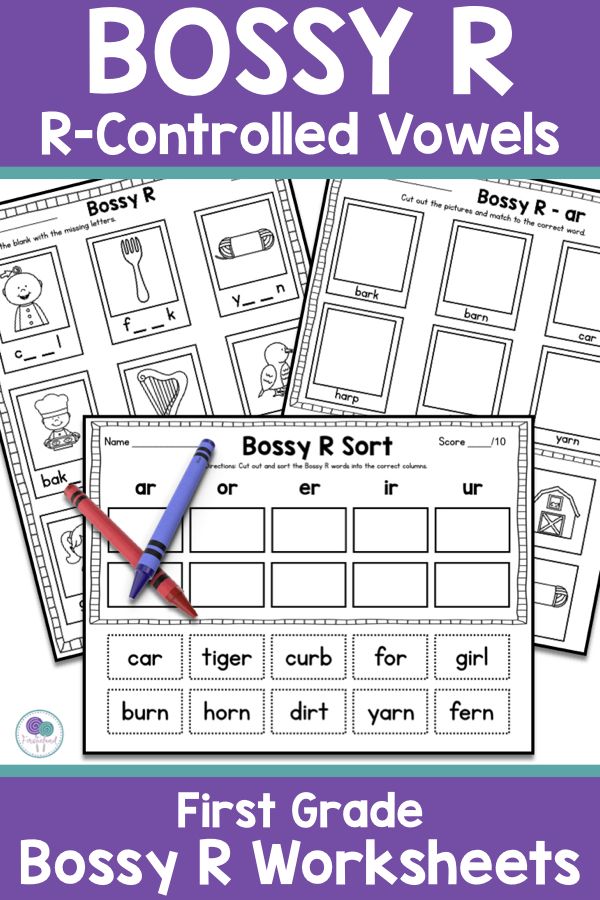
- There are lots of activities involving games and movement that you can use to teach vowel teams. Here’s one idea: Save the lanyards with plastic cardholders from Professional Learning you go to. Write the vowels, w, y and gh on cards in one colour. Write consonants on cards in another colour. Put the cards into the holders. Ask students to each wear a lanyard. Call out a word and ask the students wearing the required letters to stand in order to spell the word. Who will be part of the vowel team representing the vowel sound will be a source of discussion. This activity emphasises the need for a team effort.
Be sure to make your vowel team teaching systematic, explicit, sequential, multisensory and cumulative.
Author: Shirley Houston
With a Masters degree in Special Education, Shirley has been teaching children and training teachers in Australia for over 30 years. Working with children with learning difficulties, Shirley champions the importance of teaching phonics systematically and to mastery in mainstream classrooms.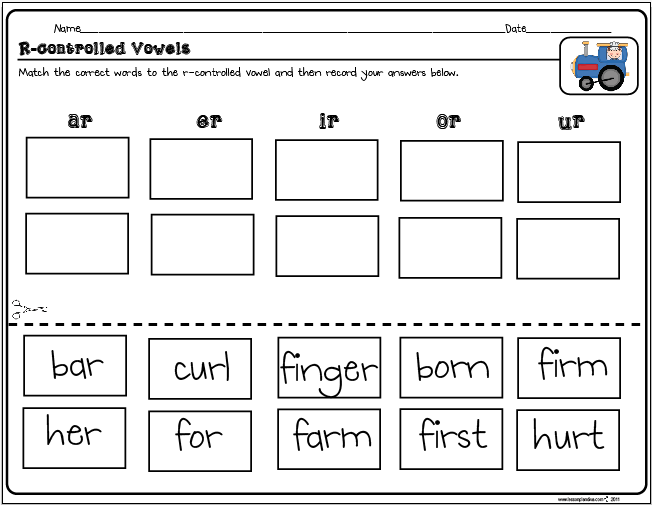 If you are interested in Shirley’s help as a literacy trainer for your school, drop the team an email on [email protected]
If you are interested in Shirley’s help as a literacy trainer for your school, drop the team an email on [email protected]
Summary of the lesson on teaching literacy on the topic "Vowels" (Grade 1)
Summary of the lesson "teaching literacy", Program OS "School 2100", Grade 1
Topic: Vowel sounds
Target and: to introduce students to the vowel sounds "a", "o", "u", "e", "s", "and"; give the concept of "vowel sound", develop phonemic hearing, instill interest in the word, develop fine motor skills of the hands.
Lesson 9 progress0004
I. Organizational moment.
TURN YOUR HEADS TO YOUR NEIGHBORS - SMILE, SMILE ME. Begin.
II. Review of material covered
– Look, and most importantly, listen to the sounds of animals. Be careful!
- What are all these sounds called? (non-verbal sounds)
- What other sounds do you know? What's the Difference speech sounds from non-speech? (speech sounds are made by a person)
- Guys, but you say sounds, how Do you understand what sound is?
- What do you think, and we will be in reading lessons study what sounds?
III. Setting goals, topics, learning new material
Setting goals, topics, learning new material
Unformed on the board man scheme.
Sound warm-up.
- Guess the riddles, name the first sound in each word: (the first sounds appear on the slide)
- He is big like a ball football,
If ripe - all satisfied,
He is so pleasant on taste,
And his name is ... ( and rbuz)
- The nights are darker, the days are colder,
The leaves turned yellow, the birds flew away.
It's raining.
When does this happen? ( about in autumn)
- We went out onto the track horns.
You won't butt?
I touched them a little,
The horns are hidden again. ( at litas)
- To distant villages, cities
What is going on wires?
Bright Majesty.
This is…( e electricity).
- She will not agree at all
She is lying without good,
Who knows the craftswoman
Zealous .. ( and head)
- Name the last sound in the guess word
Their mustaches are not for beauties -
They show time
And are called ... (hour s )
- How many different did you get sounds? (6)
- Give them pronounce, try not just to name them, but to sing, stretch out in chorus, on how much strength is enough (aaaaa, oooh, woo, etc.)
- attention : Two teams, girls - boys, as soon as I show a new sound, there is a change of girls to boys and vice versa, try to sing them like as long as possible… The boys start…..
- What did you notice? What common? (These sounds are all sung)
- Maybe someone already trying to formulate topic of the lesson? Goals for the lesson?
- Maybe someone of you have already guessed why these sounds are special and o combined into one group?
- Then let's solve this problem: in Russian there are 6 vowels: a, o, u, i, s, e. (work with a tape of letters). They live like friendly neighbors on the top floor, even when your moms and dads were in school, they lived on the top floor even then. Vowel sounds are indicated in red, this is their color.
(work with a tape of letters). They live like friendly neighbors on the top floor, even when your moms and dads were in school, they lived on the top floor even then. Vowel sounds are indicated in red, this is their color.
When we have them we pronounce the air passes calmly, does not meet any obstacles in the mouth cavities. It's like we're singing a song. We pronounce them with a voice.
We have such a little man, let's give him a name, his name is the sound (A)
- Let's dress him shoes, what color do you think he will have shoes? (red)
- And why red?
- Look in in their notebooks there are diagrams-men. How many? (6)
- Why exactly 6? (these are vowels)
- Put on everything else little men red shoes. (mutual check)
Work with Primer.
Look at the pictures on p.24
- What did he depict painter?
-Have you ever similar situation?
-Let's voice picture. What is the boy screaming? (Hey-gay, wow, hooray, oh)
-And the girls? (ah, aaaa)
- And now the boy's words will be pronounced together our boys.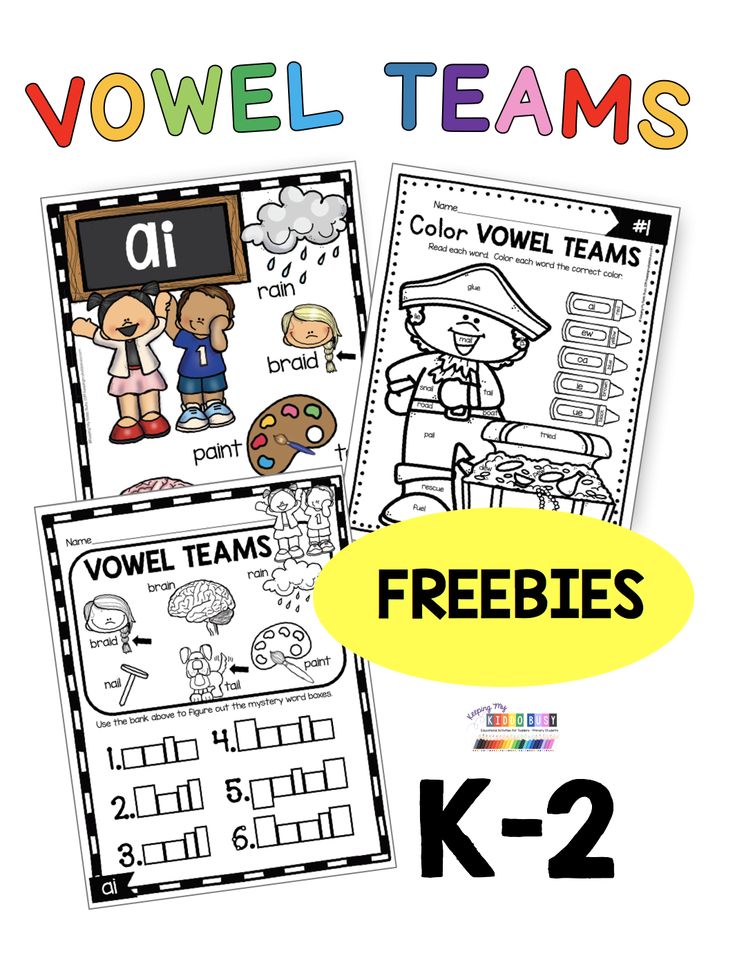
- And the words of girls are our girls.
- Well done
· Playing in pairs “Recognize the sound from the lips”.
One student, as it were, pronounces a sound, stretching his lips. Another student must guess what that sound is.
Checking : Amir, what sound did Alina make for you? Alina, did Amir guess correctly?
Physical education minute
Work according to the textbook (p. 25) You have pictures on the desk, pictures are for each pair, work together with your neighbor, spread the pictures in front of you.
- Guess the riddle.
He looks like a sheepdog.
Every tooth is a sharp knife!
He runs with his mouth bared,
Ready to attack a sheep.
(Wolf)
- Write down the word - name animal with a diagram. (reb. at the board)
( __________ )
- Say the whole word WOLF
- What vowel is sung and heard in this word?
– How many are there? (One vowel sound [o].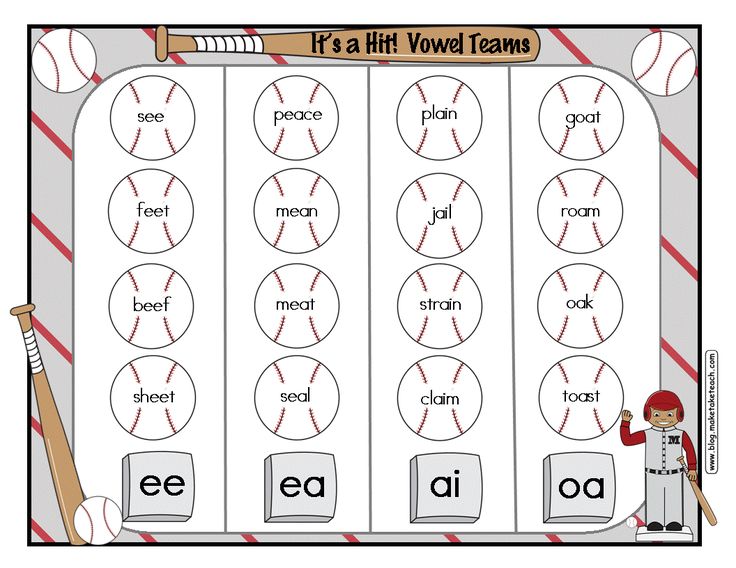 )
)
- What is the place of the sound in the word. (In the middle of the word.)
- Let's mark the vowel sound in the diagram with a red circle:
( __________ )
- Read the word according to the diagram. (Wolf)
several people whisper in the ear, then they say in unison the answer: Fox)
- Say the word - fox, write the word using the scheme (___________)
- Say the whole word FOX
- What vowel sounds are heard and sung in this word?
- How many are there? (two vowel sounds [and], [a].)
- Name the place of sounds in the word. (In the middle of the word and at the end)
- Let's mark the vowels in the diagram with a red circle:
(__________)
- Find fruits, name them (Lemons)
- Say the word - lemons, write the word using the scheme (___________)
- Say the whole word LEMONS
- What vowel sounds are heard and sung in this word?
- How many are there? (three vowel sounds [and], [o], [s])
- Name the place of sounds in the word.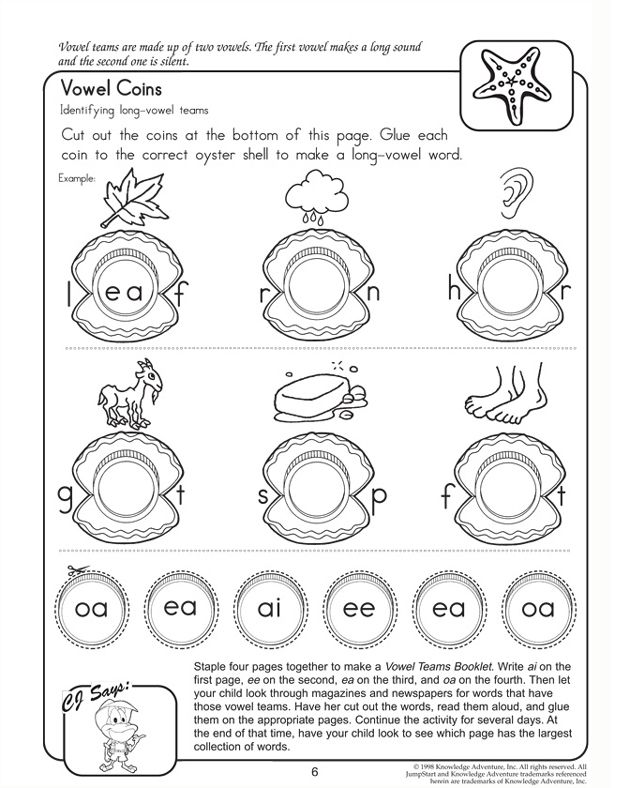 (In the middle of the word and at the end)
(In the middle of the word and at the end)
- Let's mark the vowels in the diagram with red circles:
- What three groups can all words be divided into page 25? (words consisting of 1 vowel, of 2, of 3 vowels)
IV. The result of the lesson, reflection
Game "Make no mistake!"
The teacher names the vowel sound, the children come up with words in which this the vowel is at the beginning; In the middle; at the end of a word.
– Is it possible to say that words consist only of vowels?
– So, we are waiting for new discoveries, new knowledge.
And if we didn't work hard,
We wouldn't have learned anything,
Today you tried very hard,
And now - there are no tasks left.
Teaching reading to younger students
Reading is an independent type of speech extraction related activities information from printed text.
Reading does not require an interlocutor or listener - all you need is a book.
Over the years of work at school, I have developed a system which allows relatively quickly and well to teach to read aloud to all students who are striving for it.
When the alphabet is learned, the guys already know well consonants and vowels, let's get started straight to reading.
In my work, I adhere to the following settings:
1. Children learn the rule (each child must be able to quickly and clearly state its essence with their own words or so, as a rule, written in a notebook).
2. Students must write down the rule in notebooks.
3. I offer several oral training exercises to reinforce this rule.
4. Before learning each new rule be sure to repeat all the previous rules in in the order in which the guys memorized.
5. Then I give a few different training exercises for all studied regulations.
6. In addition, at one of the last stages of the lesson 3-4 min. I dedicate to training exercises and current control of the learned rules.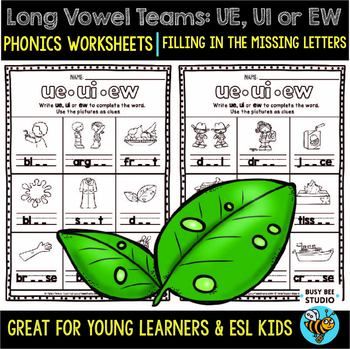
For reading in elementary grades, I usually give from 7 up to 25 min. depending on the age of the younger schoolboy. 25 min. at the lesson I take it to work over relatively large plot texts (“My house” or “Seasons”).
Reinforcement drills must be varied, but do not change as in kaleidoscope, because guys need to get used to installations.
Reading rules that I use in teaching purposes, as simplified as possible, as far as possible close to those with which the students learned in language classes in elementary school. For example: How many vowels in a word, so many syllables. Every student knows this.
Before learning the basic rules reading, having a small conversation. I explain that in There are more reading rules in English than in Russian, and they are more diverse. It happens that in English words alternate vowels with consonants, stand in turn: vowel, consonant etc. But there are such “friendly” vowels that do not want to be separated, stand side by side in a word, “hold hands”, and then even when reading they pronounced as one sound.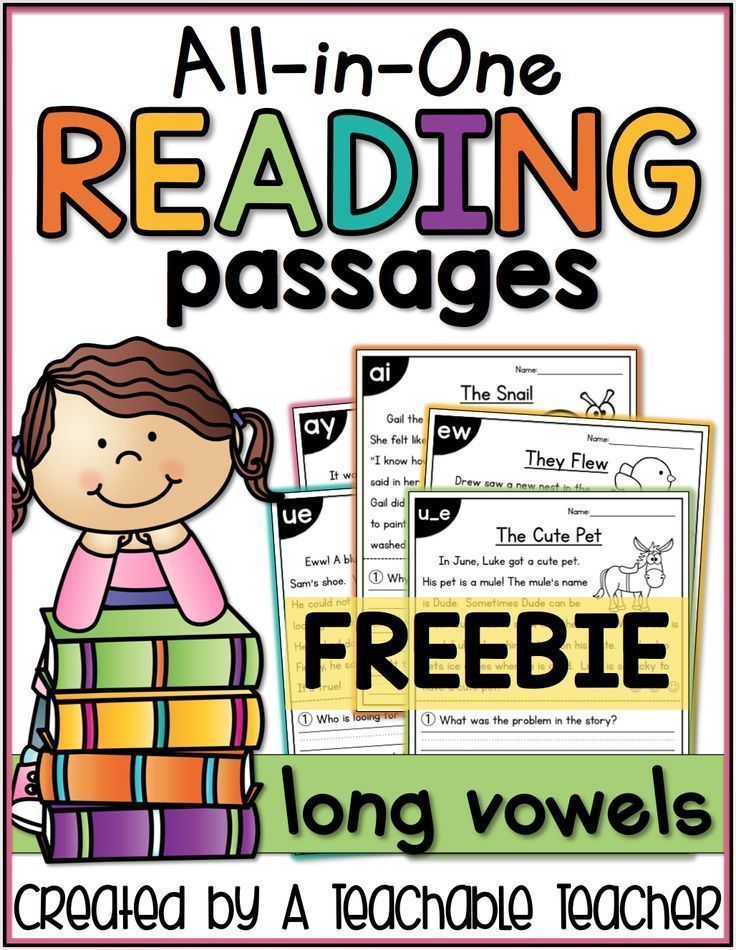 With such inseparable girlfriends - we are vowels get to know each other later (e.g. EE, OO, EA and some other). I explain that these letters from time to time time you want to be alone, and then they roam, according to the words without girlfriends.
With such inseparable girlfriends - we are vowels get to know each other later (e.g. EE, OO, EA and some other). I explain that these letters from time to time time you want to be alone, and then they roam, according to the words without girlfriends.
I offer the basic rules of reading to students in following sequence:
Rule 1. There are as many syllables in a word, how many vowels does it have.
Exercise
- Look at the word. How many vowels does it have? Name them.
- Look at the word, divide it into syllables. Why do you divided them up? (For this exercise, I choose words without "letters-girlfriends").
Rule 2. A syllable that ends into a vowel is called open.
Exercise.
- Look at the syllables, show the open ones.
- Choose, underline or write out open syllables.
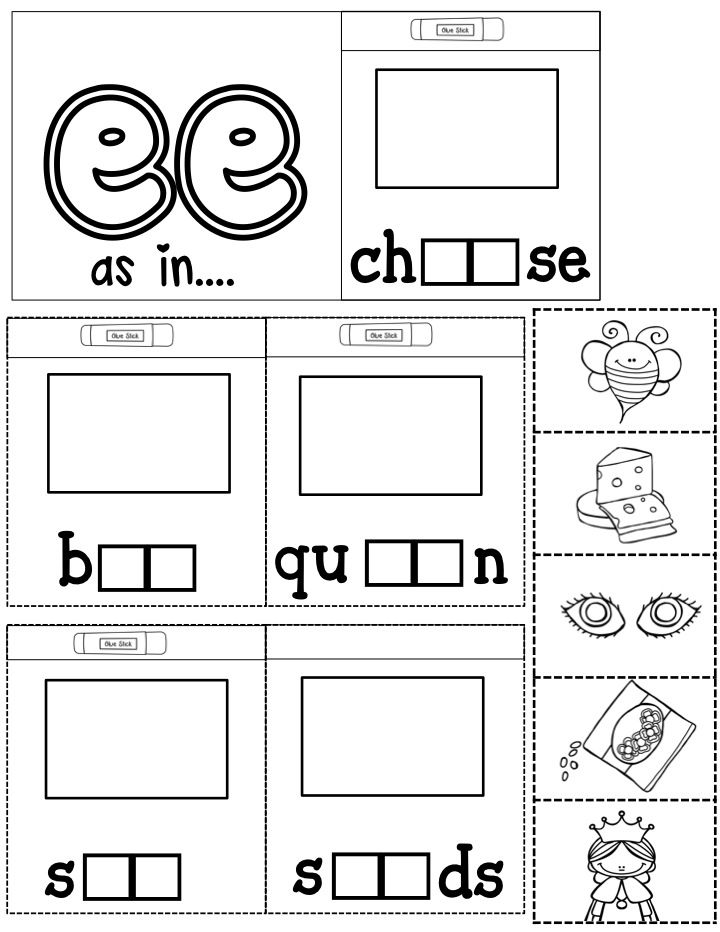
Rule 3. Letter “E” at the end of a word (except for monosyllabic words) is never read and called mute.
- Find a word with a silent “E”.
- Say (underline, write out) in what cases “U” readable, in which it is not readable.
Rule 4. A syllable that ends into a consonant is called closed.
Exercise.
- Show (underline, write out) closed syllables.
- Look at the syllables, say which ones are open, and which are closed.
- Underline open syllables with one line - two - closed.
- Write open and closed syllables in 2 columns.
Rule 5. Consonants B D F K L M N P S T V Z is most often read as sounds b d f k l n p s t v z.
I give an example of this lesson, which introduces this rule is.
“How to pronounce these letters while reading? But so.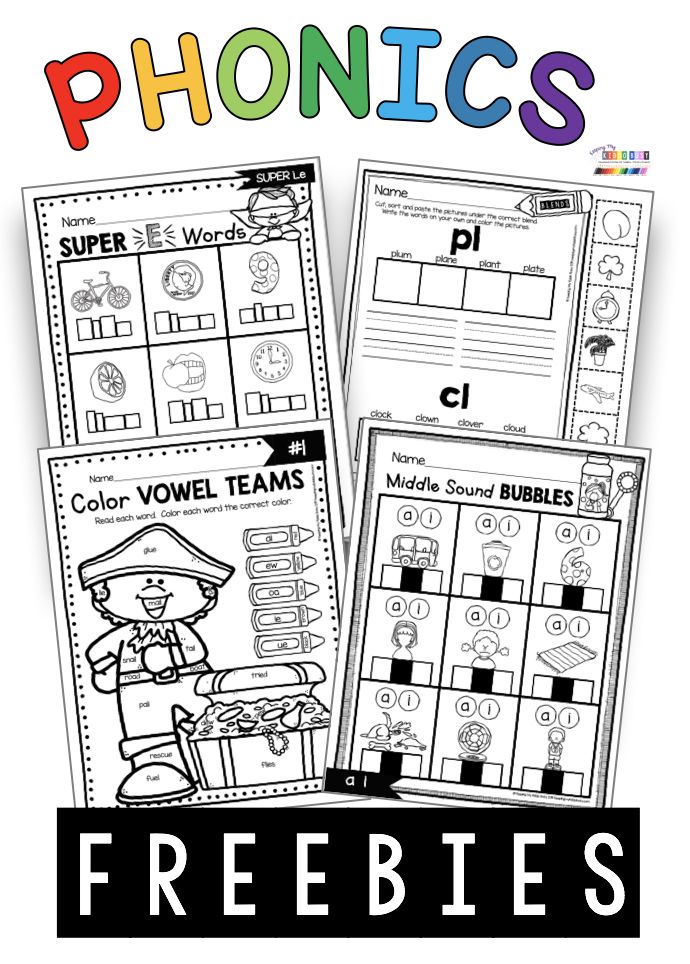 We have already said that each letter in alphabet has its own name. Let's name names written letters on the board. And now to find out how these letters are most often pronounced when reading, we name only that part of the name that consists from a vowel sound, and immediately close your mouth on "lock". You have to keep your mouth shut find out what that sound is.
We have already said that each letter in alphabet has its own name. Let's name names written letters on the board. And now to find out how these letters are most often pronounced when reading, we name only that part of the name that consists from a vowel sound, and immediately close your mouth on "lock". You have to keep your mouth shut find out what that sound is.
We continue to train. I point to the letters alphabetical order, reverse alphabetical and scattered.
The next exercise is “Letter-Sound”. pointing out with a letter and say what to call: the “name” of the letter or the sound that is pronounced when this letter is read. Then I show the card. If the letter is written black, then you need to call her “name”, if blue - sound.
I would not recommend entering more than one rules for the lesson.
With the reading of those consonants that are read differently depending on the place in the word, etc., introduce students when appropriate the word is first encountered while reading the exercises.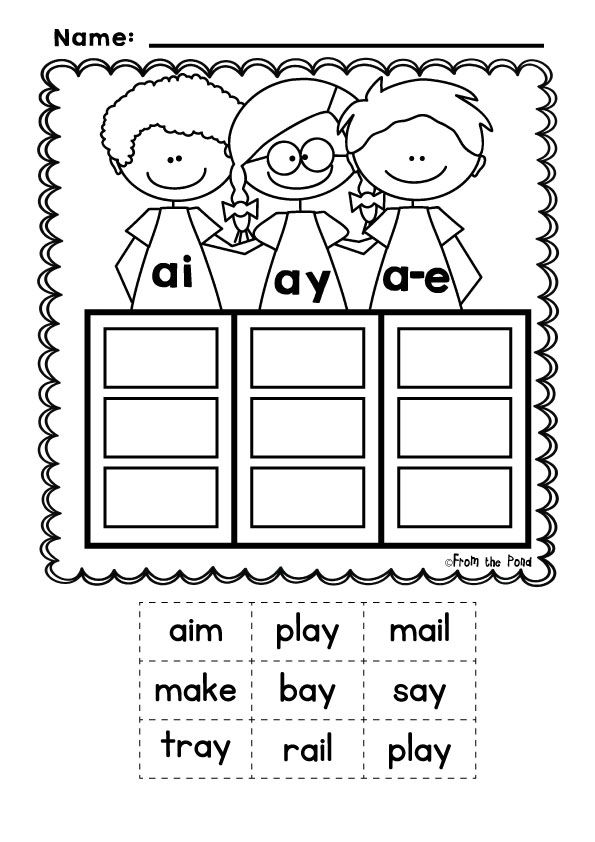 To better remember the rule, I try use the children's imaginative thinking. Here a few examples: “When the letter S hits word between vowels (stands and holds their hands), it is pronounced like a z sound. She has fun with vowels (they love to sing), and the sound, so it turns out cheerful zzzzzzzz.
To better remember the rule, I try use the children's imaginative thinking. Here a few examples: “When the letter S hits word between vowels (stands and holds their hands), it is pronounced like a z sound. She has fun with vowels (they love to sing), and the sound, so it turns out cheerful zzzzzzzz.
If a word begins with a K followed by letter N, then K becomes a mean letter, she spoils the character and mood: stands and is silent, like taking water in her mouth.
Rule 6. In an open syllable, a vowel the letter is read as it is called in alphabet. In other words: in an open syllable the vowel does not lose its name.
Like a magic wand I hang a table, which helps us. The table contains sequence of mental operations.
- How many vowels are there in the word?
- How many syllables?
- What are these syllables?
- How do you pronounce the letters of the first syllable?
- How is the first syllable read?
- How are the letters of the second syllable pronounced?
- How is the second syllable read?
- How is the whole word read?
It would be nice to paste at the end of each textbook memo of such content.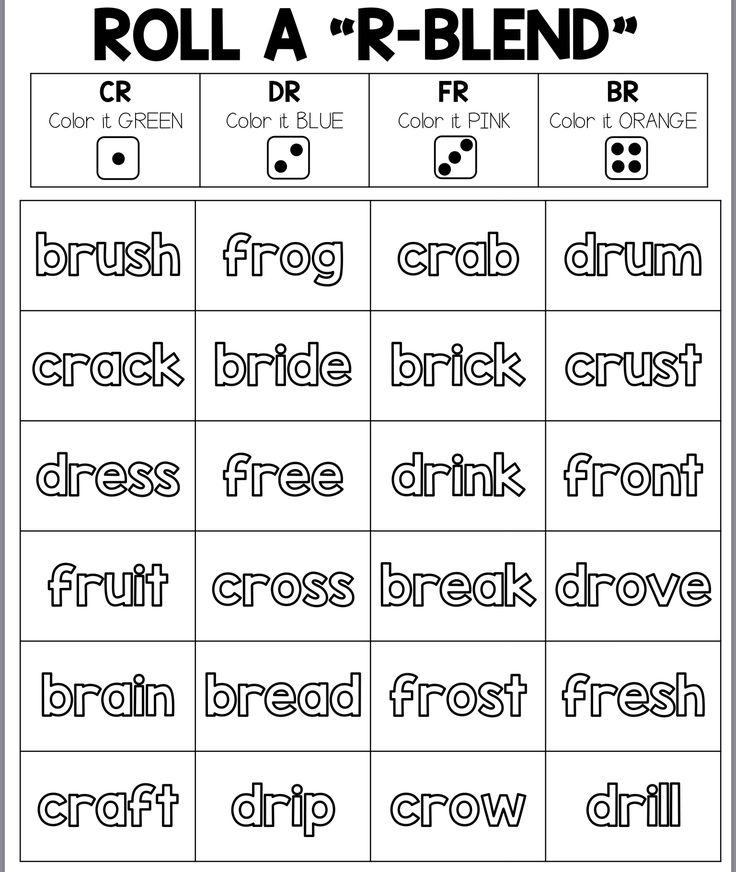
I start the survey with stronger students in order to let the others get ready.
The main thing that students need to learn, and teacher too: you can’t move forward without learning how follows previous rules without finishing reading corresponding words to automatism.
I practice “tests” in my work. junior schoolchildren not only like the word “test” (as with students), but also the form of its implementation. Except tasks contained in the textbook, I also offer one: a card with a task similar to those which have been repeatedly performed by students in class (explain how the word is read, why so, according to what rules). Children love to pull card tickets. This test takes up to 30 minutes. lesson.
Gradually introduce new tasks: reading on time. Giving homework assignments can be varied it, indicating how long it takes to read on “5” to “4” to “3”. In addition to simple reading, read in pairs, read for attention (I interrupt one student and ask another). Can be read in chorus by two teams, read for personal primacy, read like on the radio or on TV, read like an electronics, i.e. quickly and clearly.
Can be read in chorus by two teams, read for personal primacy, read like on the radio or on TV, read like an electronics, i.e. quickly and clearly.
Around the end of March, there comes a moment when interest in reading drops rather sharply (probably fatigue affects). Then I bring to the lesson well illustrated children's books or English newspapers and I devote 10 minutes to reading them: consider, look for familiar words, play, have who will be more in the newspaper in 10 lines familiar words, trying to guess what is going on speech in an article. Then the motivation learning increases dramatically.
For monitoring and repetition I use cards, and tasks can be as follows: divide word into syllables, explain by what rules it read, read the word and say how many rules you remember, reading it, and name these rules.
Later we start reading home reading books (same for everyone). And for the summer I let you read any book, but for this I explain how to work with dictionary.